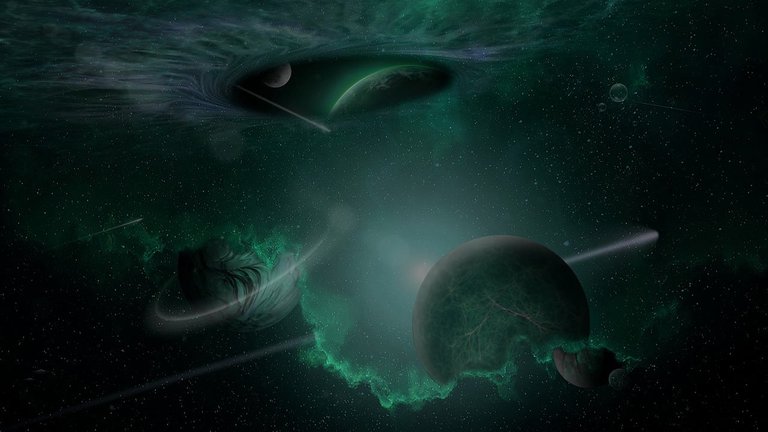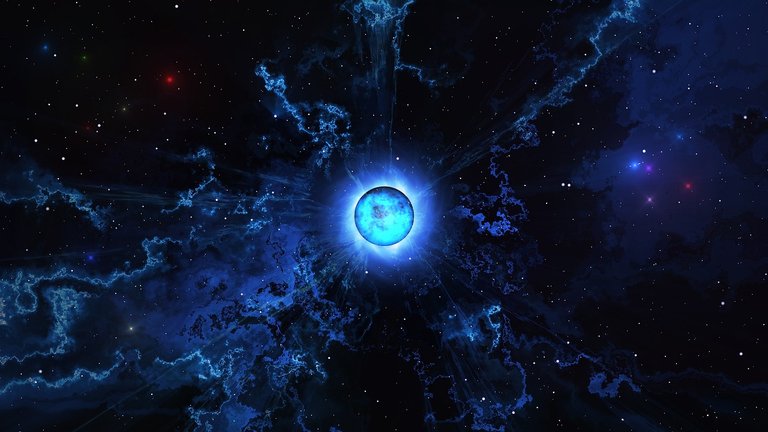How Large Is Space
The vastness of space still remains incomprehensible to the human mind, it takes, it takes 90 minutes for the ISS(International Space Station) to revolve around the earth, the fastest ever, light can travel around thr earth seven times before you even blink, however, the same light is incapable of reaching the boundaries of the universe.
Since the Big Bang, the universe has been constantly expanding at a speed of 70 kilometers per second per megaparsec (km/s/Mpc). This means that for every megaparsec (about 3.26 million light-years) of distance, objects are moving away from each other at an additional 70 km/s.To put it in perspective:

A galaxy 1 megaparsec away is receding at ~70 km/s.
A galaxy 100 megaparsecs away is receding at ~7,000 km/s.
Beyond a certain distance (about 4,300 Mpc), objects recede faster than the speed of light (299,792 km/s), which is possible because space itself is expanding, not the objects moving through space. This is why we can’t observe objects beyond the observable universe.

The observable universe is about 93 billion light-years in diameter, it contains around 2 trillion galaxies, each housing billions of stars and planets. Beyond that, the universe constantly extends infinitely, but humans are incapable of measuring it due to the speed of light and cosmic expansion. Even within our galaxy, the Milky Way, distances are staggering—about 100,000 light-years across. The total volume of the observable universe is estimated at 4×10^80 cubic meters, astronomically large when you think about it, but that’s just a sliver of what might be out there.
The universe has been growing since the Big Bang 13.8 billion years ago, and it’s still expanding today. This expansion, driven by a mysterious force called dark energy, means that the distances between galaxies are constantly increasing, effectively making the universe larger over time.

In summary, the observable universe is about 93 billion light-years across, but I believe the entire universe could be vastly larger, potentially infinite. Within it, nearly infinite structures like galaxies and superclusters span across incredible distances, from thousands to hundreds of millions of light-years, all set against the backdrop of an ever-expanding cosmos.
All Images werw gotten from pixabay
Knowledge is life +×+
